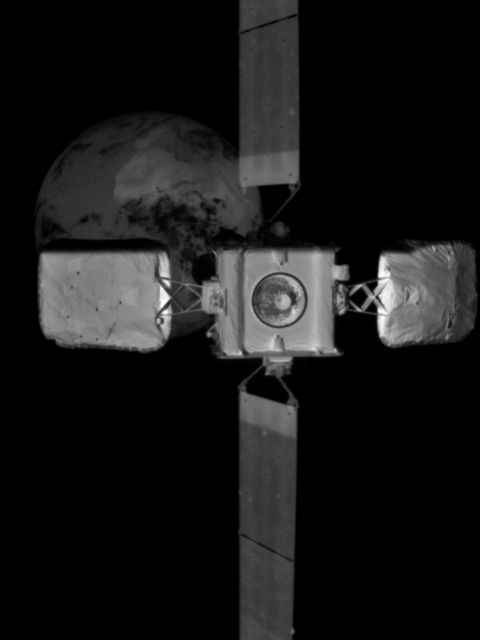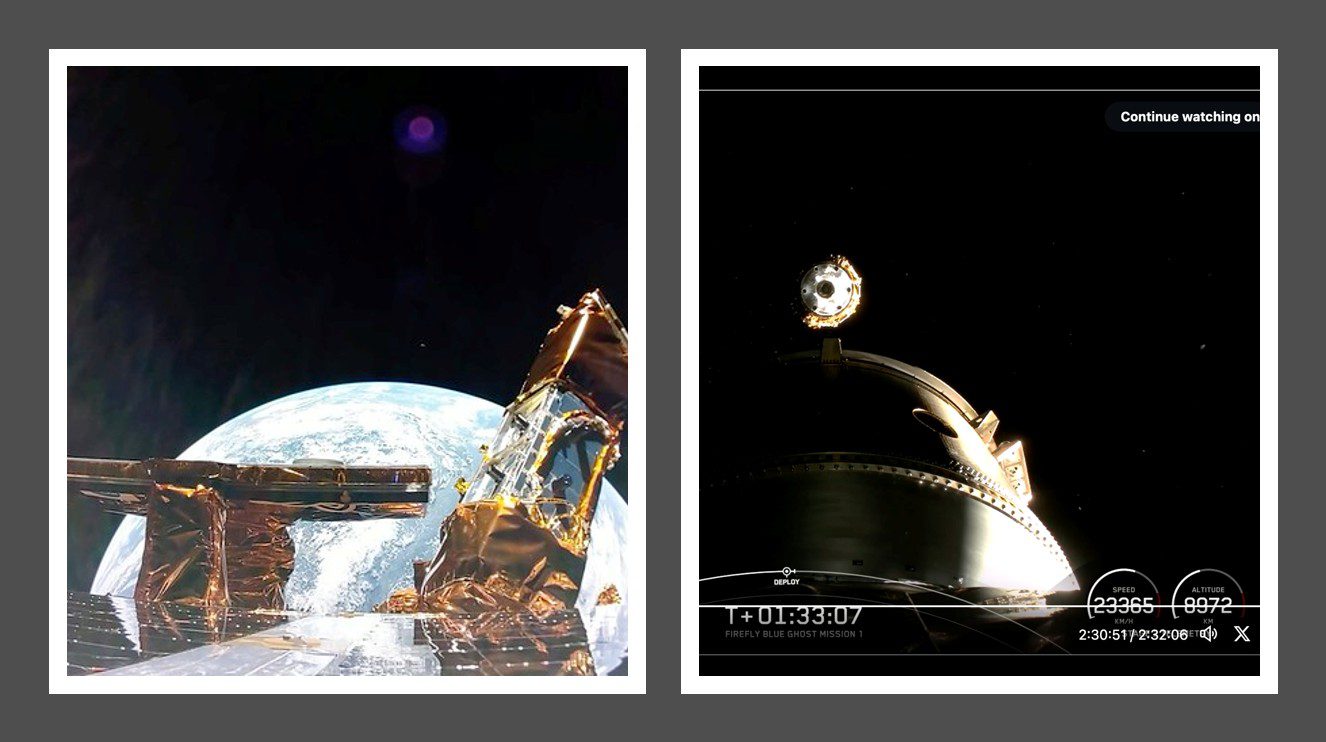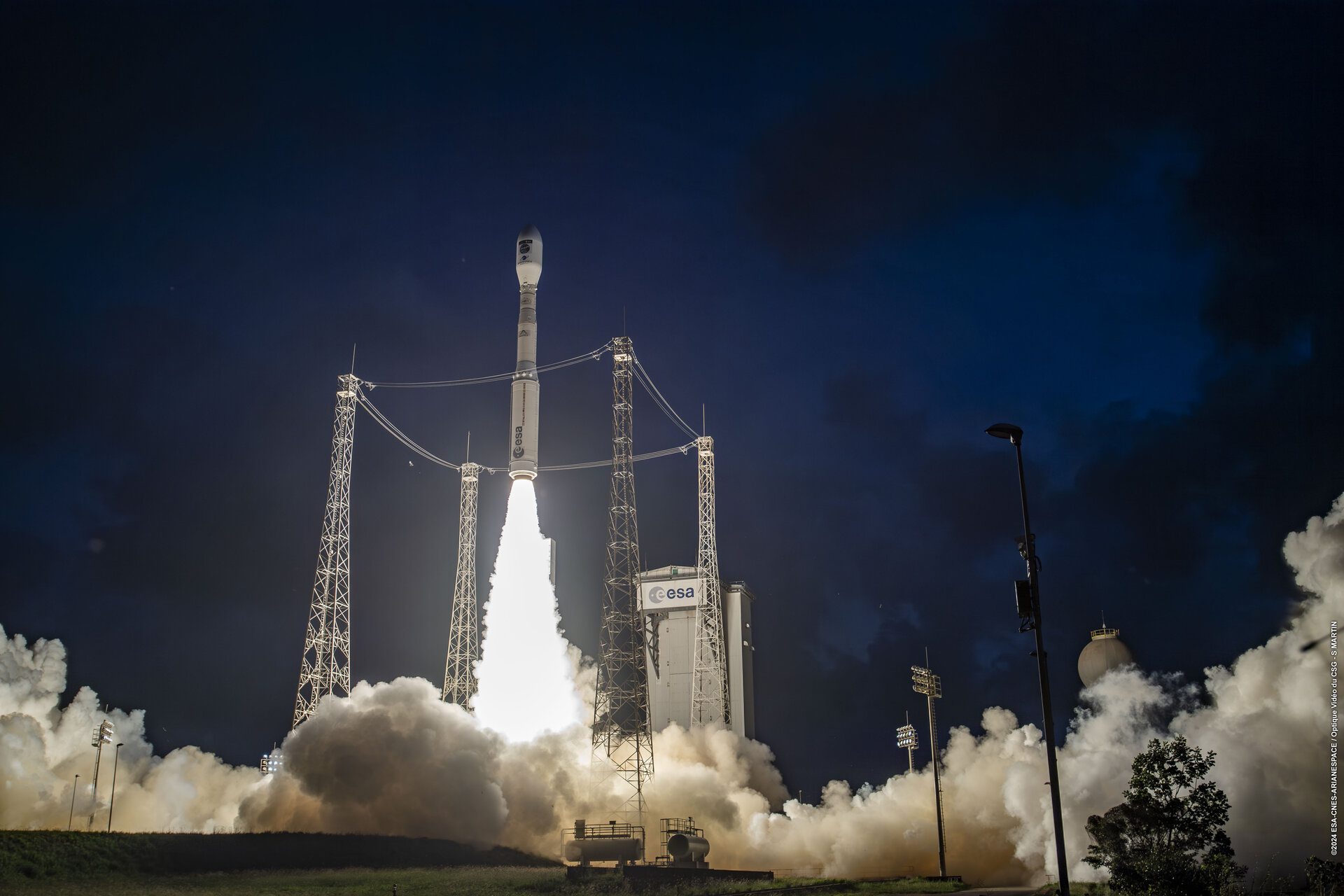Northrop Grumman’s SpaceLogistics subsidiary announced that its Mission Extension Vehicle- 2 ( MEV-2) had successfully docked with the communications Intelsat 10-02 (IS-10-02) in geostationary Earth orbit (GEO) in order to extend its life. After some practice approaches, mainly done during February, a full docking finally took place at 1734 GMT on 12 April. The MEV-2 will provide attitude control services allowing the Intelsat 10-02’s mission to be extended.
This is the second time the company has docked two commercial spacecraft in orbit. The MEV-1 similarly docked with the Intelsat 901 (IS-901) satellite in February 2020. While that docking too place above GEO with MEV-1 moving IS-901 back back once docked, this time MEV-2 docked with IS-10-02 directly in its operational GEO orbital location. Under the terms of Intelsat’s satellite life-extension servicing contract, MEV-2 will provide five years of service to IS-10-02 before undocking and moving on to provide services for a new mission.
While the MEV design extends the life of a spacecraft by providing attitude control services, Northrop Grumman is currently working with DARPA on a commercial robotic servicing spacecraft based on the MEV called the Mission Robotic Vehicle (MRV). This will use robotic systems to conduct in-orbit repair, and assembly operations in addition to standard relocation services. Northrop Grumman is also working on Mission Extension Pods (MEPs) which the MRV will place on old satellites to extend their mission lives. The company is targeting 2024 for the launch of both the MRV and the initial MEPs.







